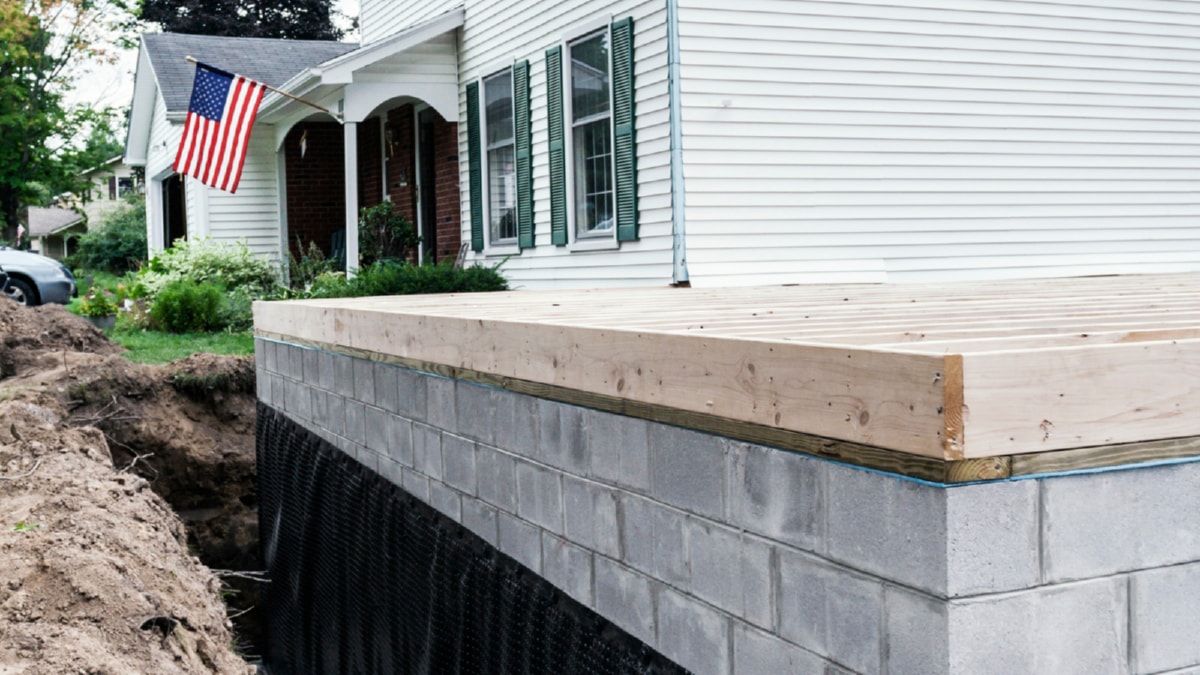Construction industry, traditionally known for its age-old practices, is undergoing a massive transformation. The progress of technology and new methodologies are revolutionizing the way buildings are constructed. This article offers an in-depth look at the latest techniques in construction and how they are shaping the industry.
In the realm of construction, eco-friendliness has become a top priority. Green building, or sustainable construction, is a practice that uses resources more efficiently while creating less impact on the environment. Techniques such as modular construction and prefabrication are being adopted, where sections of the building are manufactured in a factory, then transported and assembled on-site. These methods not only reduce waste and save time, but also improve the quality of the final product.
One significant trend in the construction industry is the use of Building Information Modeling (BIM). BIM is a 3D model-based process that gives architecture, engineering, and construction professionals the tools to more efficiently plan, design, construct, and manage buildings. BIM allows for improved visualization, increased accuracy, and the ability to foresee potential problems before they occur, which reduces time and costs.
In addition to these, emerging technologies such as drones and robots are being used for a variety of tasks in construction. Drones are employed for surveying sites and capturing real-time images, which helps to speed up the surveying process and reduce human error. On the other hand, robots are being used to perform repetitive tasks such as bricklaying and concrete dispensing, which improves accuracy and productivity while reducing the risk of injury.
Moreover, 3D printing technology is making its way into the construction industry. It allows for the creation of complex architectural forms and the use of new materials. It is not only used for creating building components but also entire buildings. This technology is expected to significantly reduce construction time and waste, and it is a promising tool for sustainable construction.
Lastly, the adoption of digital tools in construction is on the rise. These include project management software, virtual reality (VR), and augmented reality (AR). VR and AR are particularly useful for visualizing the final result before construction begins, which helps in making design changes early on and preventing costly mistakes.
To wrap it up, the construction industry is experiencing a major change with the adoption of new technologies and methods. These advancements not only improve efficiency and productivity but also contribute to sustainability, safety, and quality. While these changes pose certain challenges, they also offer tremendous opportunities for those willing to adapt and innovate. The future of construction is in the control of those who embrace these modern construction techniques.
For more details, check best Insulation Solutions in Wexford or visit their Insulation Services Wexford business listing here.




